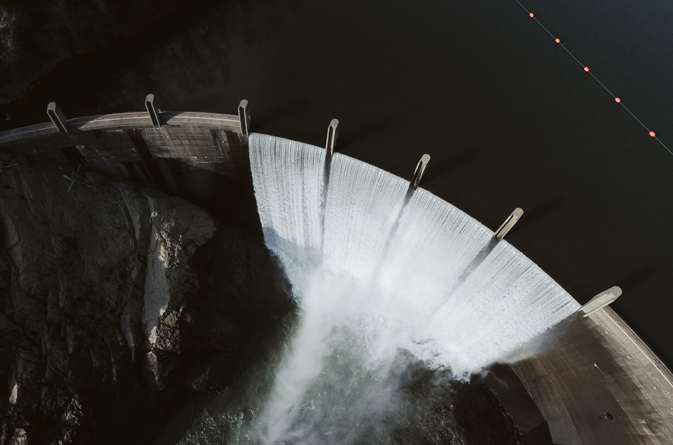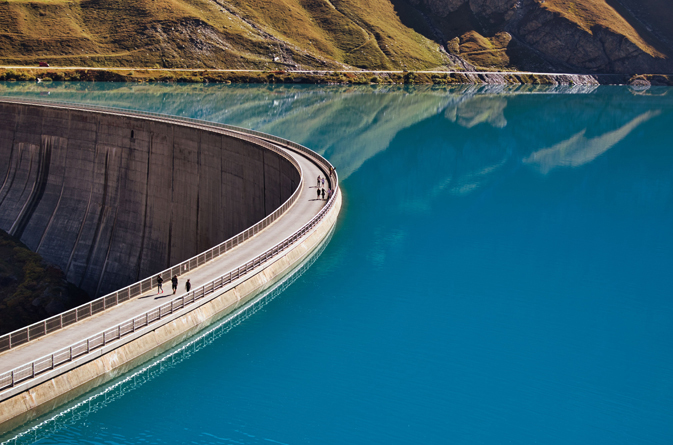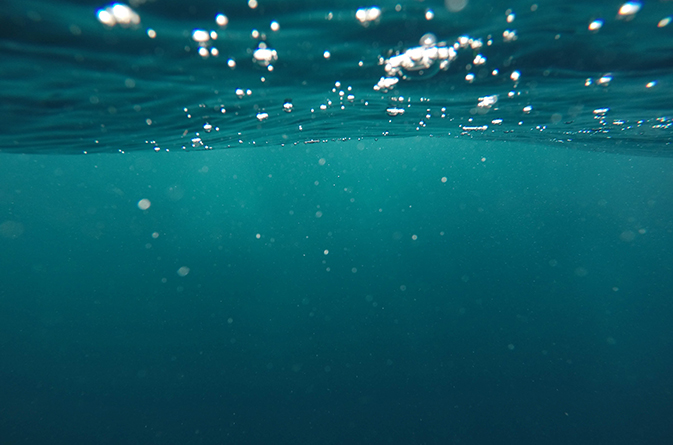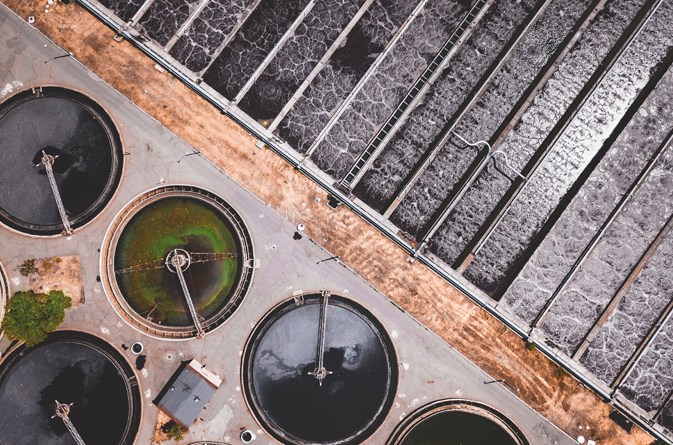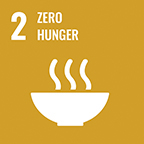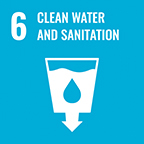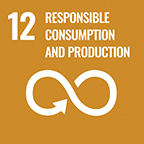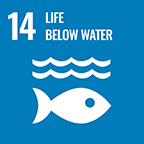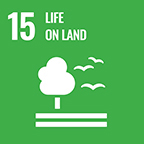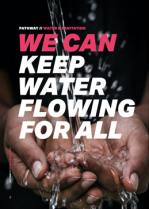INFRASTRUCTURE AND TECHNOLOGY ARE DEPLOYED FASTER TO ENSURE UNIVERSAL ACCESS TO WATER
- Sufficient clean and safe drinking water is made accessible and affordable for all.
- Strong governance systems and international public-private collaboration drive improvements in water-related infrastructure, facilitating the supply, conveyance and storage of water globally.
- Sustainable technological solutions scale up to increase water availability by tapping non-traditional water resources and making water infrastructure smarter.
- Water reuse and recycling help to meet water demand without increasing water stress, especially in urban areas, relying on more distant water sources. Wastewater is treated to a stricter and globally harmonized quality standard.
